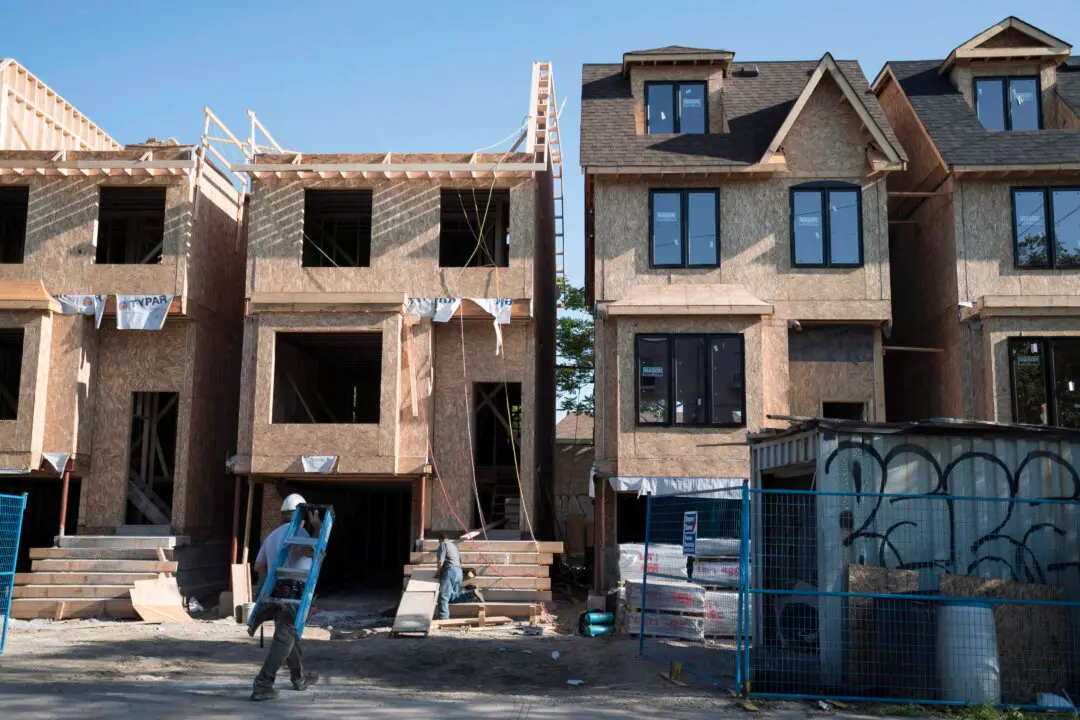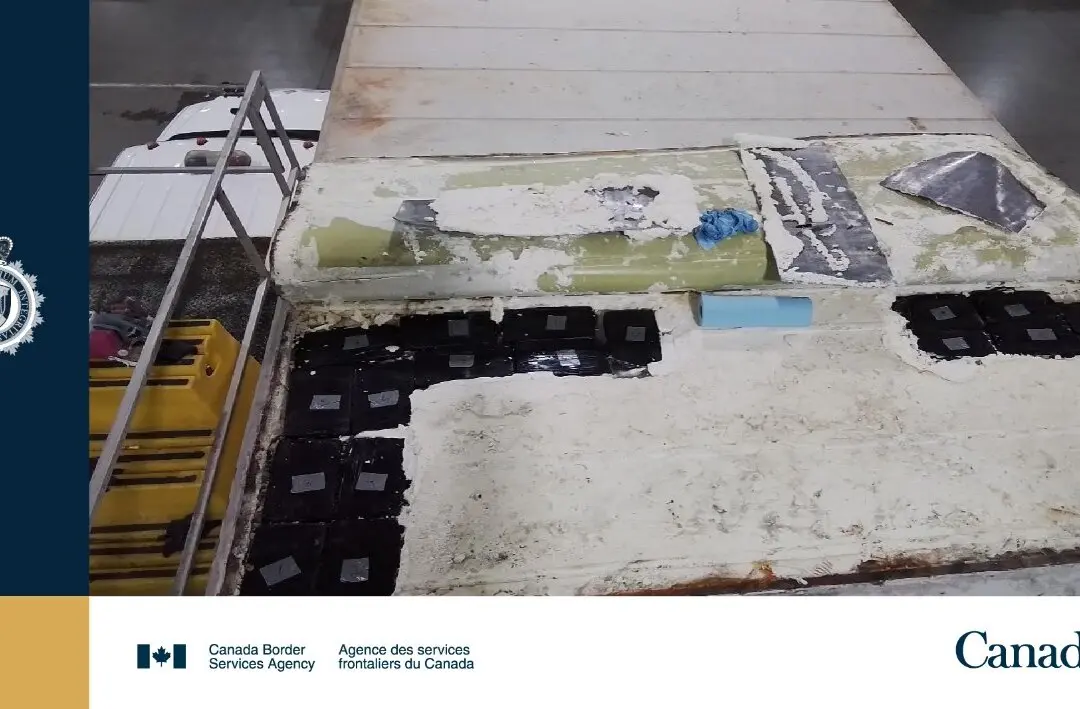The federal government’s promise to build nearly 3.9 million new homes by 2031 is unrealistic and unachievable, construction experts told MPs.
“Right now, we’re staring into a pit,” Residential Construction Council of Ontario president Richard Lyall told the House of Commons human resources committee this week, which was first covered by Blacklock’s Reporter.





